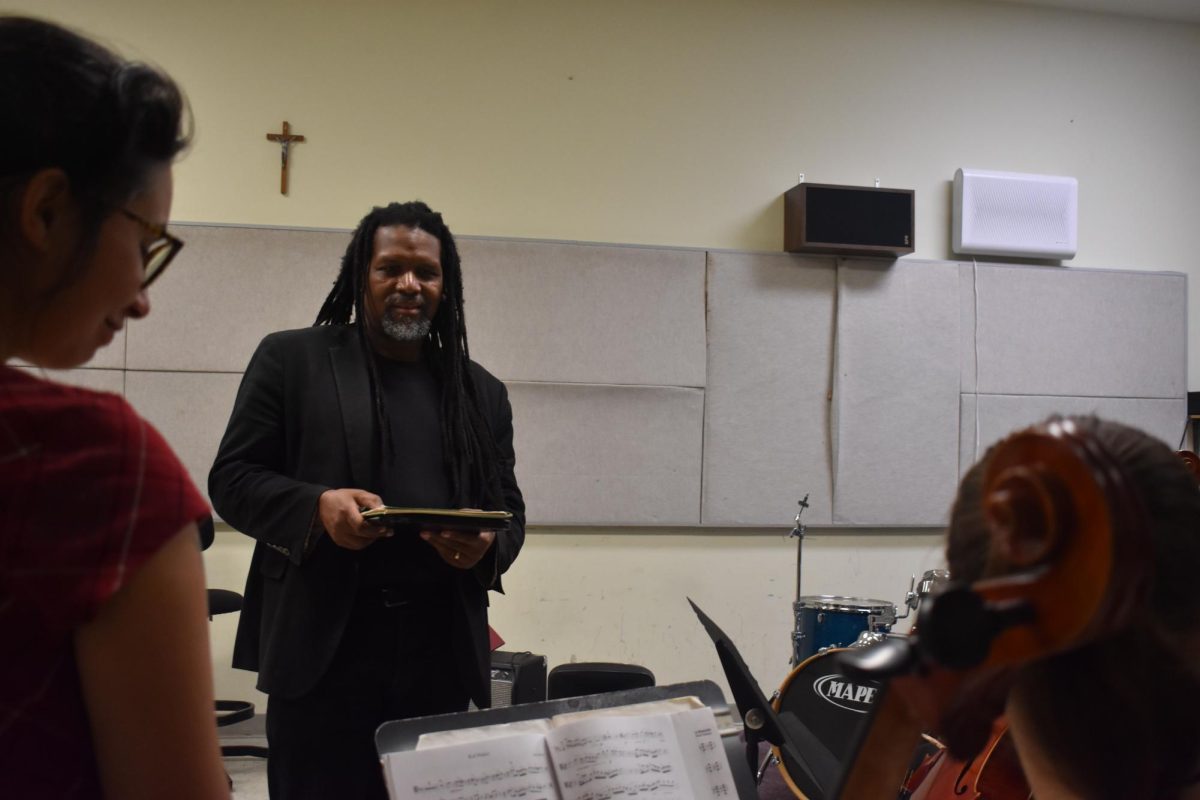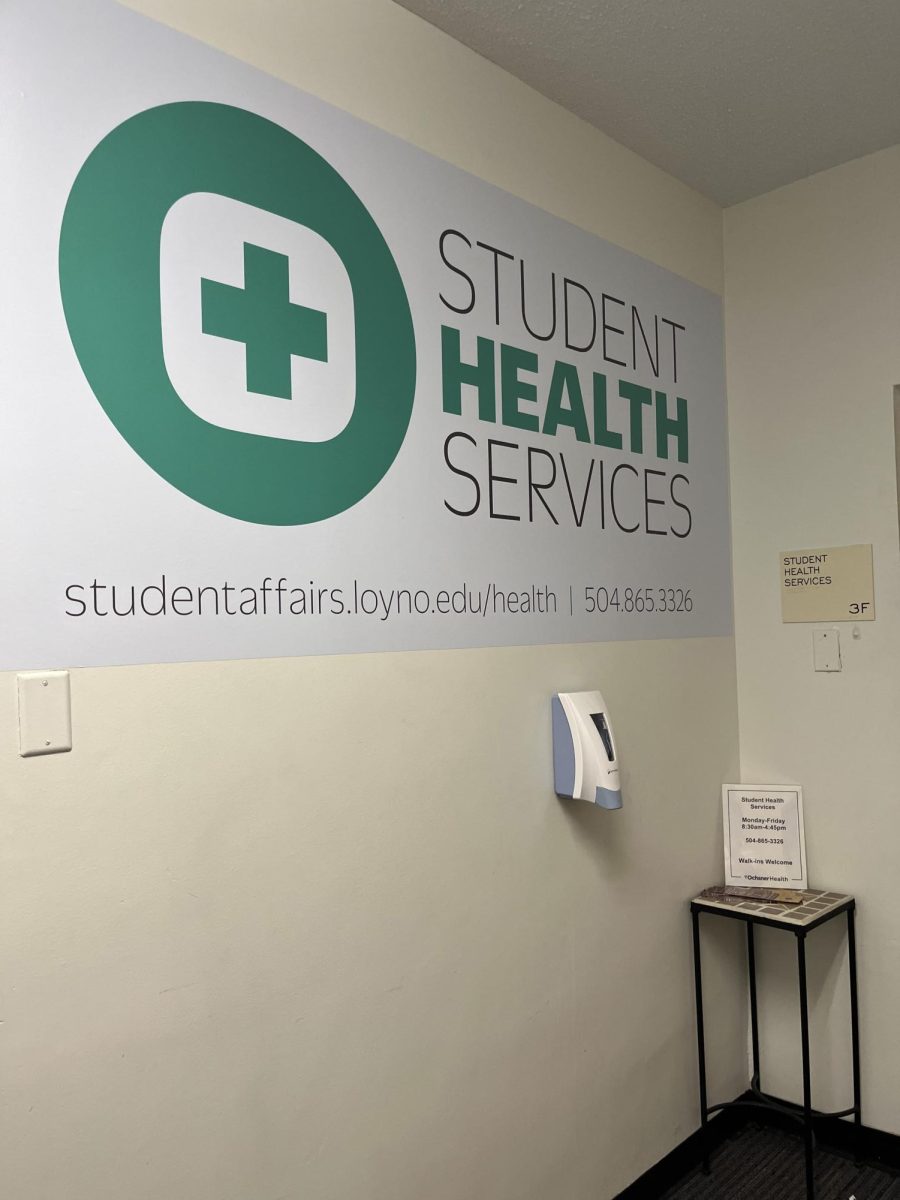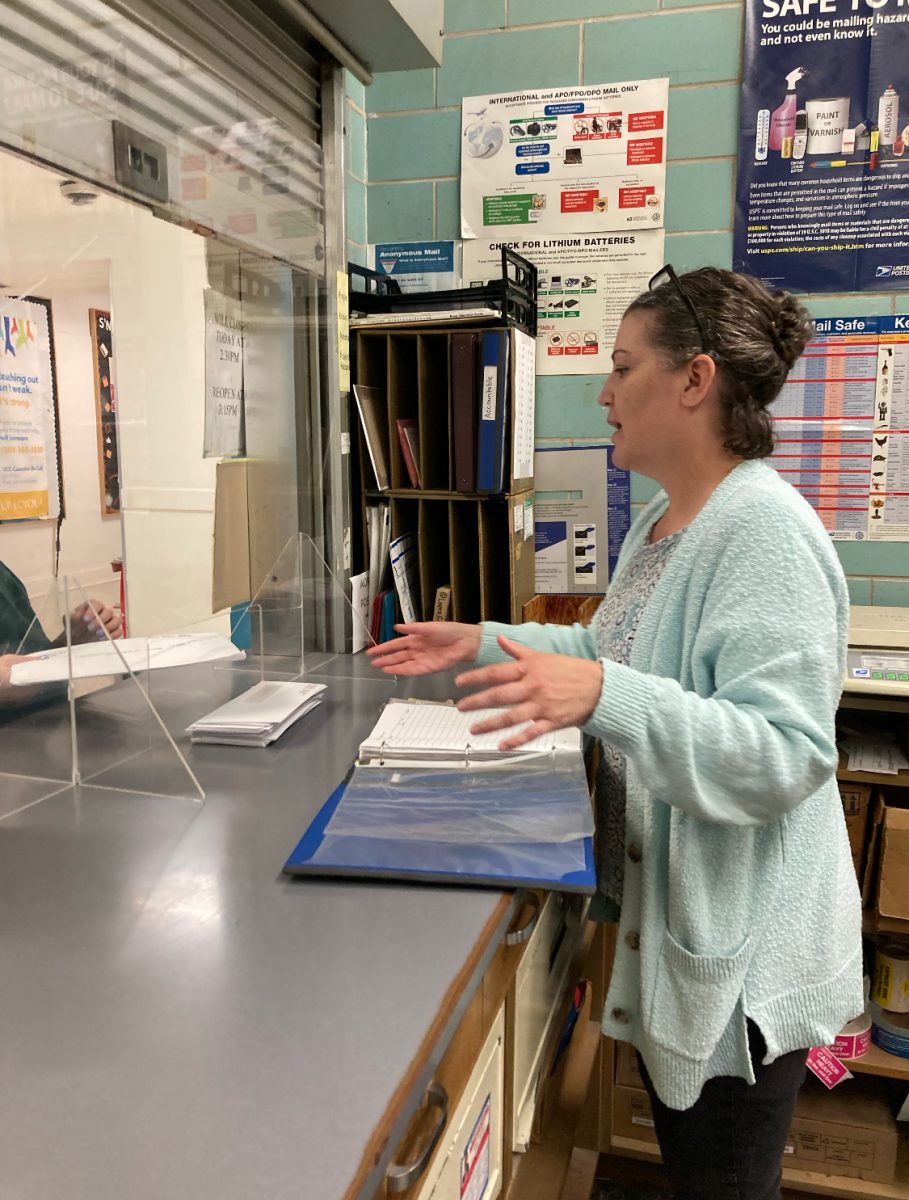Loyola joined the trend of colleges across the US when reports showed lower than expected retention rates for the fall 2012 school year.
The national trend shows that private university retention rates are dropping while community college retention rates are slowly rising. The rates for students returning for a second year at community colleges have risen to 56 percent, a three percent increase.
Loyola’s retention has fluctuated in the past six years. The retention rate of freshmen returning for sophomore year in fall 2006 was 78 percent while the following fall, rates dropped to 73 percent.
According to Elizabeth Rainey, director of retention and student success, this sudden decrease could have been due to Hurricane Katrina in August 2005.
The majority of students who have left Loyola did so for academic reasons. Rainey said another reason is that the student has a goal in mind that Loyola cannot offer. “It’s not always negative when a student is leaving,” Rainey said.
Peter Dietsche, senior scholar at the Education Policy Institute, said that advising plays a large part in student retention. “Many retention efforts occur after students are enrolled, often once they begin to struggle or fail tests,” Dietsche said. “Advisors are very effective at putting a face on the institution and helping connect students to the services they might need in order to be successful.”
Dustin Bolotte, business management sophomore at Delgado Community College, said he chose Delgado for academic reasons. He said advising is helpful for a number of reasons.
“Advising is helpful in scheduling classes, planning your career and choosing another college to get a bachelor’s degree,” Bolotte said.
Dietsche said that centers such as Writing Across the Curriculum and other student centers are also important to student success. These peer-advising centers help students connect with the services needed.
Rainey agreed that advising centers on campus aid in student success. “Career development is absolutely essential,” Rainey said. In addition to recommending
the Career Development Center, Rainey encourages students to visit the Academic Resource Center for advice on test performance.
Another resource Rainey hopes will raise retention rates is a new peer-mentoring group she co- created called First in the Pack. This program is designed to help first-year students have a better transition from high school to college and to increase student success.
As a part of First in the Pack, students are expected to meet with advisors during scheduling and when they need academic and career advice. “Be creative with the resources we already have. One of our strongest resources at Loyola is that we already have amazing people who work here,” Rainey said. “Advising is a critical experience, and we are at a small school, so when we recruit and enroll freshmen, we sell that you are going to have this intimate connection with a faculty, advisor,” Rainey said.
Raising retention rates requires a university-wide effort and students are encouraged to talk with their advisors or faculty when problems arise in their education to find the best path for success.
Lauren Hinojosa can be reached at [email protected]












